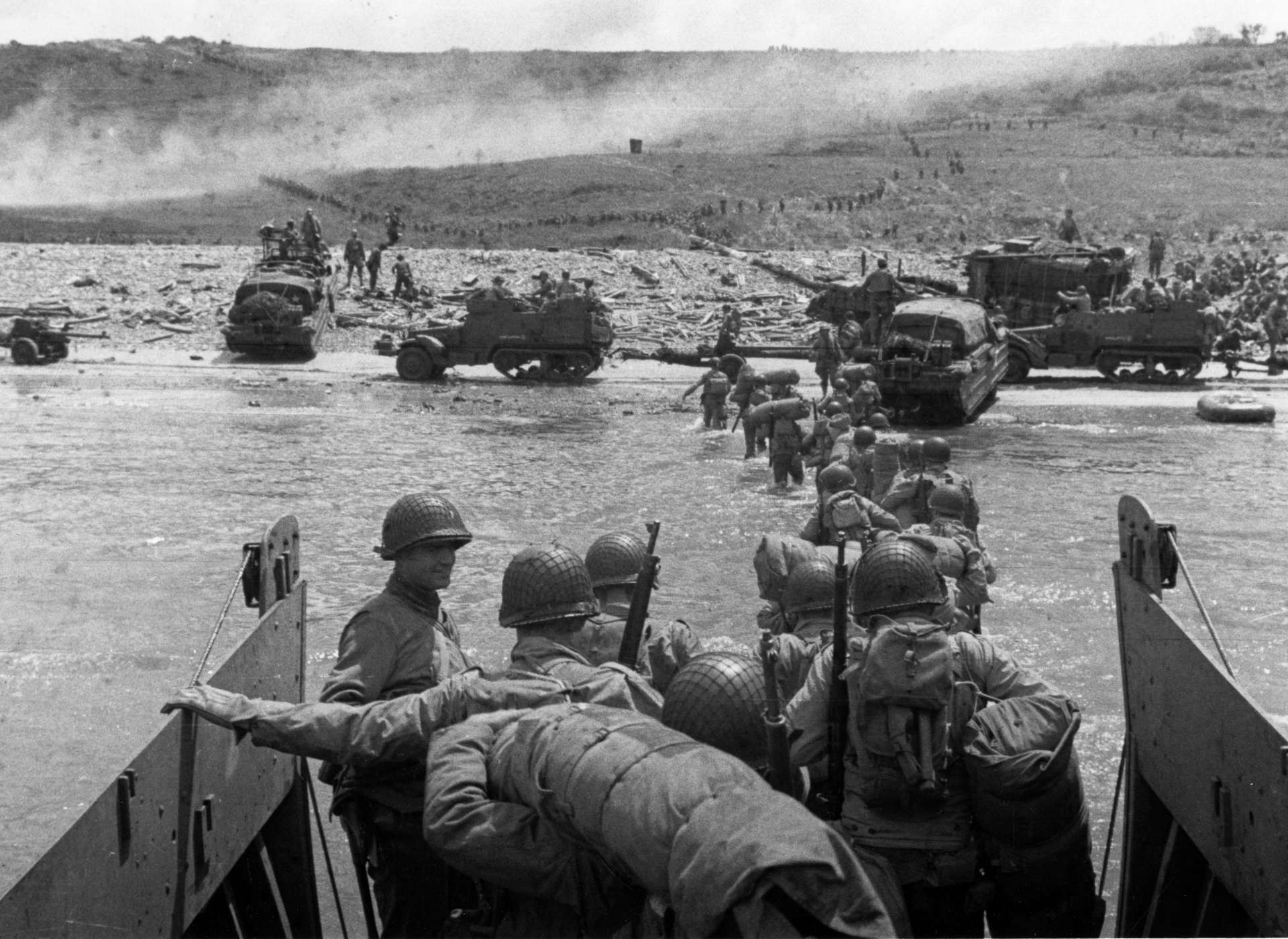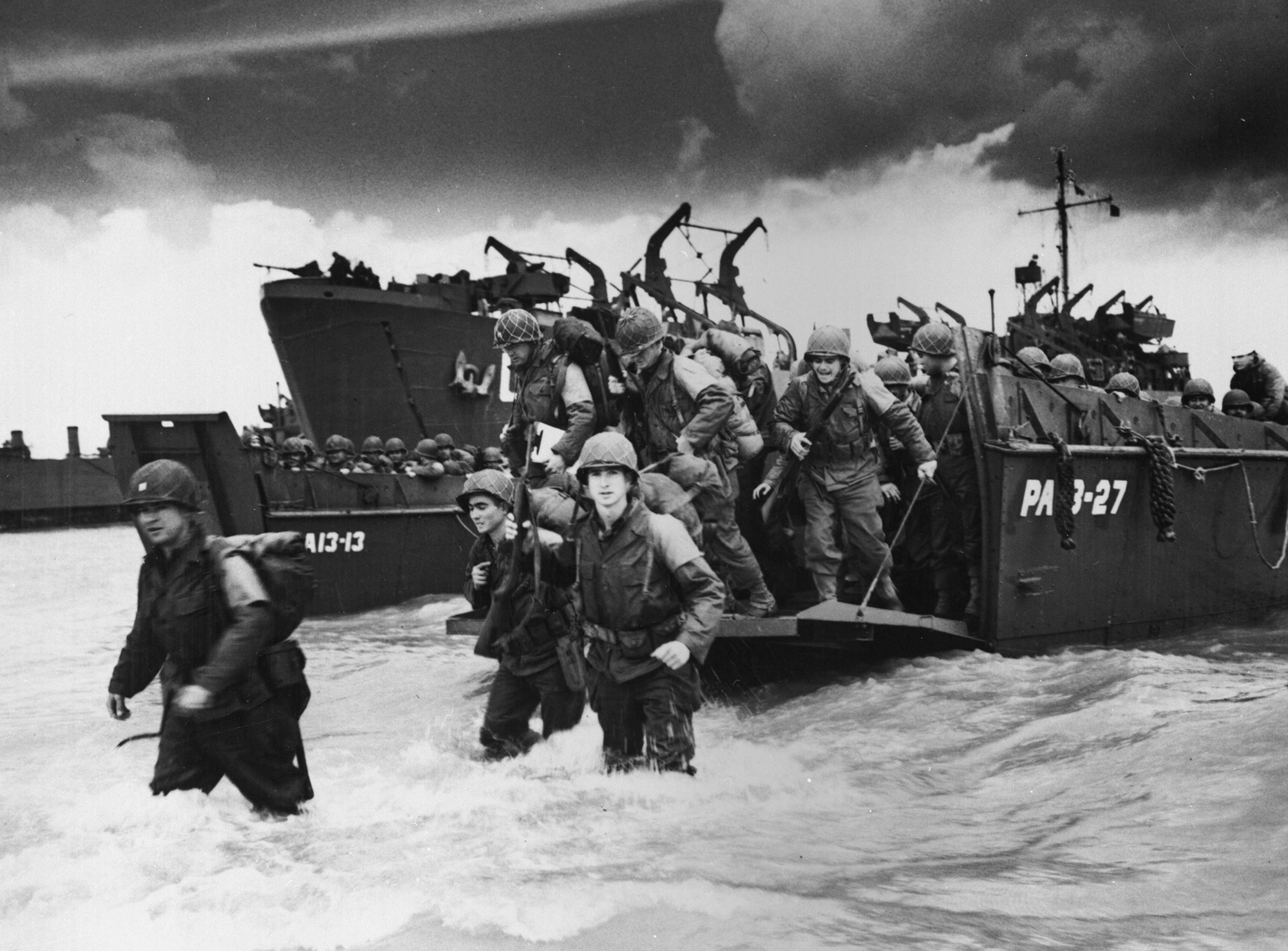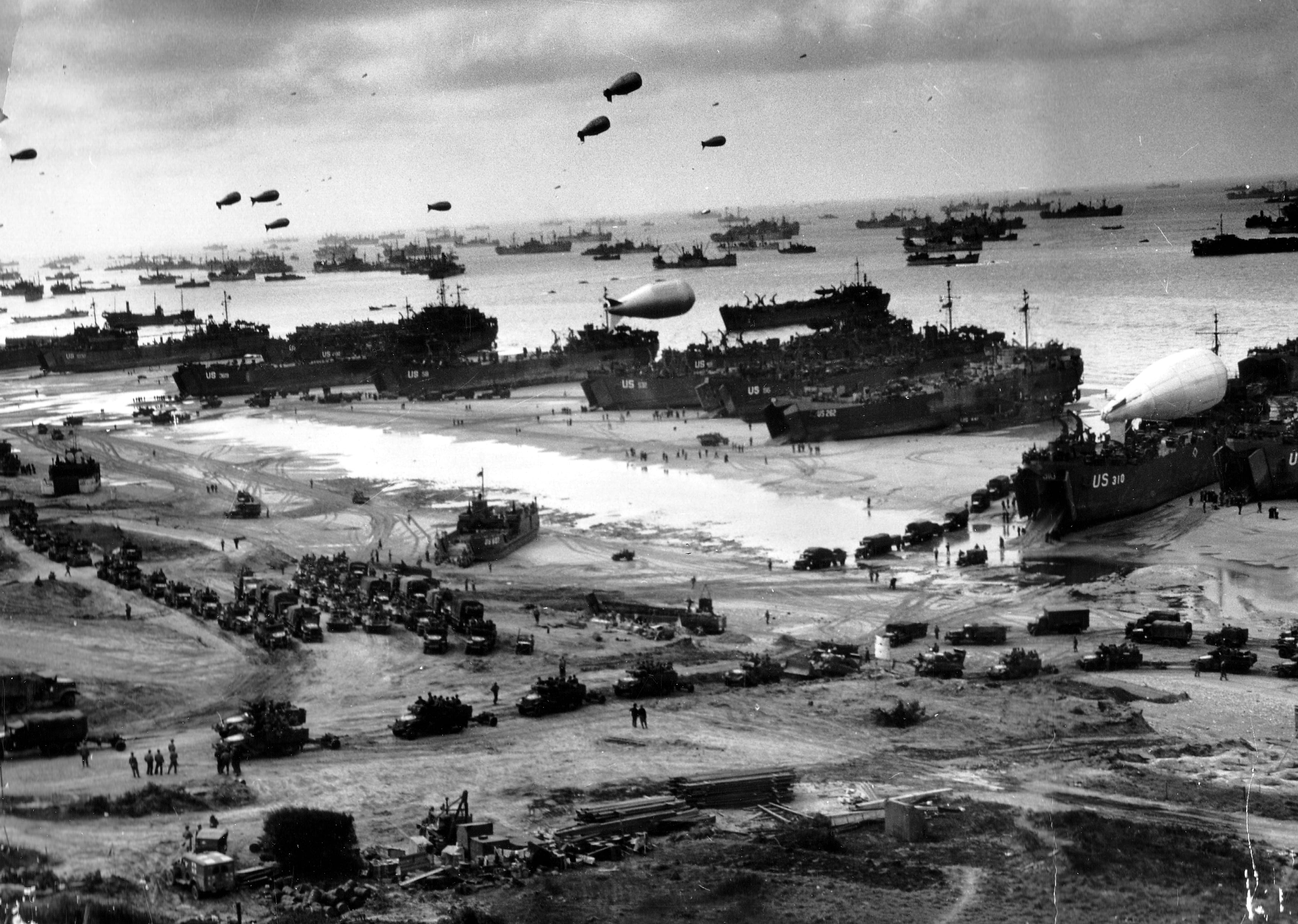What is d day – What is D-Day? It was the largest amphibious invasion in history, a daring military operation that played a pivotal role in the Allied victory in World War II. This comprehensive guide delves into the significance, planning, and impact of this momentous event.
On June 6, 1944, Allied forces stormed the beaches of Normandy, France, in a meticulously planned invasion that would forever alter the course of the war.
D-Day Definition

D-Day, also known as Operation Overlord, was the codename for the Allied invasion of Normandy, France, on June 6, 1944. It was the largest seaborne invasion in history and a turning point in World War II.
Events Leading Up to D-Day
The planning for D-Day began in 1943, after the Allies had achieved success in the North African Campaign. The invasion was intended to open a second front in Europe and relieve pressure on the Soviet Union, which had been fighting the Germans on the Eastern Front since 1941.
The Allies assembled a massive force of over 150,000 troops, 5,000 ships, and 11,000 aircraft for the invasion. The troops were divided into five assault forces, each assigned to a different beach on the Normandy coast. The beaches were codenamed Utah, Omaha, Gold, Juno, and Sword.
The invasion was originally scheduled for June 5, 1944, but was postponed due to bad weather. On June 6, the weather was still far from ideal, but the Allies decided to proceed with the invasion anyway.
Planning and Logistics
The planning and execution of D-Day, the largest amphibious invasion in history, was a logistical marvel. The operation involved meticulous coordination among Allied forces, extensive planning, and the mobilization of vast resources.
Key individuals and organizations played pivotal roles in the planning process. The Supreme Allied Commander, General Dwight D. Eisenhower, oversaw the overall strategy and coordinated the efforts of the various Allied forces. The British Chiefs of Staff, led by Field Marshal Sir Alan Brooke, developed the initial invasion plan, codenamed Operation Overlord.
The American Joint Chiefs of Staff, headed by Admiral William D. Leahy, provided significant input and support.
Timeline of Major Events Leading Up to D-Day
- 1942: The Allies begin planning for a cross-Channel invasion of Europe.
- December 1943: The Tehran Conference establishes the target date for the invasion as May 1944.
- January 1944: General Eisenhower is appointed Supreme Allied Commander.
- March 1944: The British Chiefs of Staff finalize the Operation Overlord plan.
- April 1944: The Allied forces begin assembling in England for the invasion.
- June 6, 1944: D-Day, the invasion of Normandy, commences.
Landing Operations: What Is D Day
The D-Day landings, codenamed Operation Overlord, were a crucial turning point in World War II. The largest amphibious invasion in history, it involved over 150,000 Allied troops landing on the beaches of Normandy, France. The landings were meticulously planned and executed, and played a significant role in the liberation of Western Europe from Nazi occupation.
The landing operations were divided into five sectors, each with its own objectives and forces involved. The sectors were:
- Utah Beach:The westernmost sector, assigned to the U.S. 4th Infantry Division. Objective: secure the Cotentin Peninsula.
- Omaha Beach:The most heavily defended sector, assigned to the U.S. 1st and 29th Infantry Divisions. Objective: capture the port of Cherbourg.
- Gold Beach:Assigned to the British 50th Infantry Division. Objective: capture the town of Bayeux.
- Sword Beach:The easternmost sector, assigned to the British 3rd Infantry Division. Objective: capture the town of Ouistreham.
li> Juno Beach:Assigned to the Canadian 3rd Infantry Division. Objective: capture the town of Caen.
The landings faced numerous challenges, including rough seas, heavy fortifications, and strong German resistance. However, the Allies were able to overcome these obstacles and establish a foothold on the Normandy beaches. The success of the landings was due in large part to the meticulous planning and coordination of the Allied forces.
| Sector | Forces Involved | Key Objectives | Casualties |
|---|---|---|---|
| Utah Beach | U.S. 4th Infantry Division | Secure Cotentin Peninsula | 200 killed, 500 wounded |
| Omaha Beach | U.S. 1st and 29th Infantry Divisions | Capture Cherbourg | 2,500 killed, 5,000 wounded |
| Gold Beach | British 50th Infantry Division | Capture Bayeux | 500 killed, 1,000 wounded |
| Juno Beach | Canadian 3rd Infantry Division | Capture Caen | 350 killed, 700 wounded |
| Sword Beach | British 3rd Infantry Division | Capture Ouistreham | 200 killed, 500 wounded |
Post-Landing Operations
The D-Day landings marked the beginning of a long and bloody campaign to liberate France from Nazi occupation. In the immediate aftermath of the landings, the Allies faced stiff resistance from German forces. However, the Allies were able to establish a beachhead and begin the process of pushing inland.
Airborne Operations
Airborne operations played a vital role in the success of the D-Day landings. On the night before the landings, over 13,000 paratroopers were dropped behind enemy lines. Their mission was to disrupt German communications and defenses, and to secure key objectives.
The paratroopers faced heavy resistance, but they were able to achieve their objectives and played a key role in the success of the landings.
Establishment of a Beachhead
The establishment of a beachhead was essential for the success of the Allied campaign in Normandy. The beachhead provided a secure base of operations for the Allies and allowed them to bring in reinforcements and supplies. The Allies were able to establish a beachhead thanks to the courage and determination of the troops who fought on the beaches.
Allied Advance
After the establishment of a beachhead, the Allies began the process of pushing inland. The Allied advance was slow and bloody, but they were able to make steady progress. By the end of August, the Allies had liberated most of Normandy and were poised to break out into the rest of France.
- June 6, 1944: D-Day landings
- June 7-12, 1944: Allies establish a beachhead
- June 13-July 24, 1944: Allies push inland
- July 25, 1944: Allies break out of Normandy
 The Allied advance in Normandy was a major turning point in the war. It marked the beginning of the end for Nazi Germany and helped to pave the way for the eventual Allied victory.
The Allied advance in Normandy was a major turning point in the war. It marked the beginning of the end for Nazi Germany and helped to pave the way for the eventual Allied victory.
Impact and Legacy

D-Day had a profound impact on the course of World War II and remains a significant historical event in military history.
The immediate impact of D-Day was the successful establishment of a foothold in Nazi-occupied Europe. The Allies were able to gain a strategic advantage by securing the Normandy beaches, which allowed them to launch further operations into France and eventually liberate Western Europe.
, What is d day
The long-term impact of D-Day was the eventual defeat of Nazi Germany and the end of World War II in Europe. The Allies’ success in Normandy paved the way for the liberation of France, Belgium, the Netherlands, and other occupied countries.
It also helped to weaken the German military and boost the morale of the Allies.
, What is d day
D-Day is considered one of the most significant military operations in history due to its complexity, scale, and impact. It involved the largest amphibious invasion ever attempted and required the coordination of thousands of troops, ships, and aircraft.
, What is d day
The following table compares the objectives and outcomes of D-Day with other major military operations:
| Operation | Objectives | Outcomes |
|---|---|---|
| D-Day | Establish a foothold in Nazi-occupied Europe | Successful establishment of a foothold in Normandy, leading to the eventual defeat of Nazi Germany |
| Operation Overlord | Liberate France from Nazi occupation | Liberation of France and other occupied countries in Western Europe |
| Operation Market Garden | Secure a bridgehead across the Rhine River | Failure to secure a bridgehead, resulting in heavy Allied casualties |
| Battle of the Bulge | Stop the German advance into Belgium | Allied victory, but at a high cost |
Epilogue

D-Day stands as a testament to the courage, sacrifice, and strategic brilliance that ultimately led to the defeat of Nazi Germany. Its legacy continues to inspire and remind us of the pivotal moments that shape history.